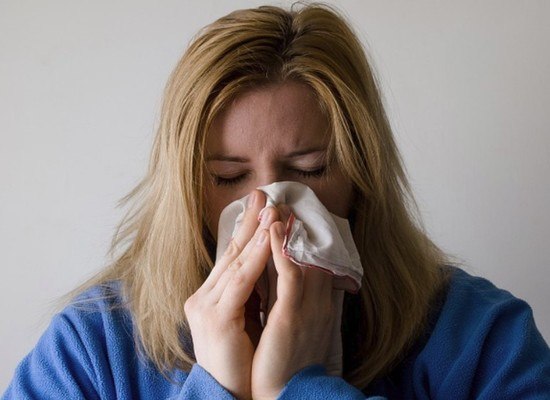
No matter where you travel, you run the risk of picking up some nasty and potentially deadly diseases. You can even get some nasty diseases in the United States. Many people are scared of Ebola or one of the bleed-from-every-orifice-and-die diseases. The likelihood of one of those catching you is pretty rare for the average tourist.
Here we have eighteen diseases that you can catch whether you stay home or travel. You might be surprised to learn that you are at risk just by talking to a sick person.
And if you haven’t gotten all your childhood shots, you might want to stay home and hide under your bed. Enjoy these eleven categories of really nasty, easily contractible diseases!
1. Leptospirosis
Leptospirosis occurs anywhere there are animals, particularly rodents. It is acquired through contact with infected soil, water, food, or other urine-covered items.
Symptoms include head and muscle aches, jaundice, vomiting, diarrhea, and skin rash. If the infection is more severe, you could end up with kidney failure, meningitis and lung issues.
You can get leptospirosis from swimming in contaminated lakes and reservoirs. In cities, infections commonly come from splashing through puddles, and contaminated food and water. Dirty hands or open cuts or wounds also allow infection.
2. Polio and Related Diseases
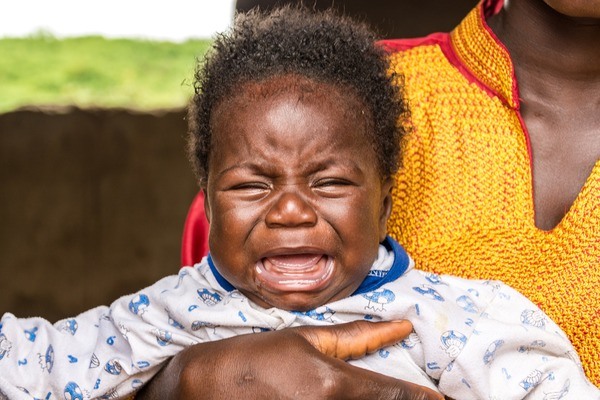
Polio once stalked the world and killed or maimed innumerable adults and children. Thanks to an effective vaccine, polio is only found in countries like Afghanistan, Nigeria, Pakistan, Papua New Guinea, and Somalia.
Hand, foot, and mouth disease (HFMD) and Enterovirus 68 (EV-D68) are related to polio. Both are found worldwide. HFMD causes mouth sores and skin rash. It is painful but not deadly.
EV-D68 acts like polio. Most people have a stomach “flu,” some need hospitalization, and some develop paralysis and die.
3. Tick-borne Diseases in America

Ticks are found everywhere but Antarctica and are responsible for vectoring some truly awful diseases. We’ll touch on a few. In the US, you run the risk of getting either Rocky Mountain Spotted Fever or Lyme Disease.
Both are found throughout the US, although RMSF is more common in the west and Lyme in the east. Spotted fever affects internal organs and can damage both heart and kidneys. It can be deadly.
Lyme Disease presents flu like symptoms and is hard to diagnose. Like RMSF, Lyme has very serious long-term complications including neurological issues, liver and kidney disease and other devastating problems.
4. Tick-borne Diseases in Other Places

Travelling to Russia, Eastern Europe, Germany, Sweden, Switzerland, and Asia during the spring and summer can result in Tick-Borne Encephalitis. Not only can you get this from tick bites, but from eating or drinking unpasteurized dairy products.
You generally get the typical flu-like symptoms of tick-borne diseases with a rash. Almost a third of people with TBE experience brain/spinal cord swelling, confusion and sensory disturbances.
Africa and West Indies have African Tick-Bite Fever. Long term complications include arthritis and moderate to severe headaches.
5. Malaria and Dengue Fever
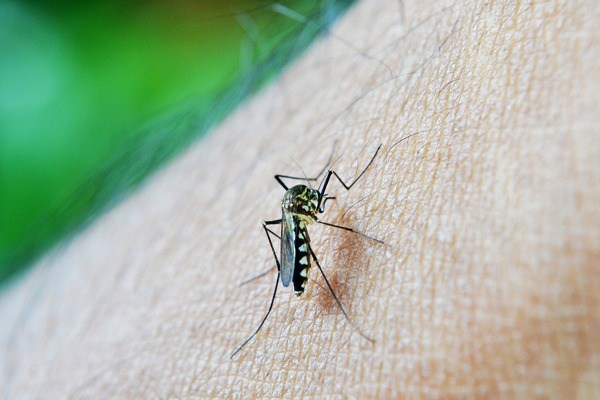
Mosquitos carry countless unpleasant and potentially fatal diseases. Mosquito borne diseases shaped the world for a millennium. Here are a few you can look forward to while you travel!
Malaria is found in tropical and subtropical countries. Depending on the version, you get a high fever, chills, flu-like symptoms and anemia. You also get to look forward to periodic reoccurrences if you don’t take your meds. If it isn’t treated it can be fatal.
Dengue Fever is another subtropical/tropical disease that gives you fever, headache, nausea, vomiting, rash, and pain in the eyes, joints, and muscles. If you develop a severe case, you can look forward to intense stomach pain, repeated vomiting, nose bleeds, and death.
6. Japanese Encephalitis and Murray Valley Encephalitis

Japanese Encephalitis is common in rural areas of Asia. It includes fever, headache, vomiting, confusion, and difficulty moving. You may also end up with brain swelling, coma, and death.
New Guinea and northwestern and southeastern Australia in the rainy season offers you the opportunity to experience Murray Valley Encephalitis. It starts with the usual fever, headache, nausea, vomiting, and tiredness.
More serious cases include confusion, sleepiness, trouble speaking, lack of coordination, and brain infection. If you are really unlucky, you may develop long-term disabilities or die.
7. Yellow fever and West Nile virus
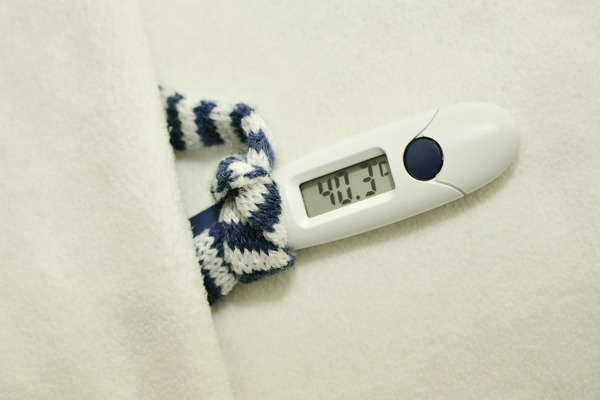
Yellow fever and West Nile Virus are two more mosquito borne illnesses.
Yellow Fever was pandemic until effective mosquito eradication occurred. However, it is still alive and well in South America and Africa. The disease starts with flu symptoms and rarely develops into bleeding, shock, organ failure, and death. Get inoculated before traveling.
West Nile virus is found in Africa, Europe, Middle East, Asia, and North America. Symptoms are flu-like with a rash. In worst-case scenarios, WNV includes disorientation, tremors, weakness, vision loss, numbness, and paralysis.
8. Tuberculosis (TB)

Tuberculosis (TB) used to be a common deadly disease. With antibiotic treatment, it because less common. It still occurs Africa, Asia, and Central and South America. You can get drug-resistant TB in many countries including the US and Russia.
Eating unpasteurized dairy products can result in Bovine TB. There are roughly 9 million new TB cases and 1.5 million TB related deaths annually.
It is an airborne disease and results in a cough, chest pain, exhaustion, weight loss and other flu like symptoms. The regular variety is treatable.
9. Rabies

Thanks to rigorous vaccination programs, rabies is far less common than it once was. However, it is still found in wild animals and unvaccinated domestic animals. Any mammal can develop rabies, although dogs, skunks, bats, foxes, mongooses, and raccoons are common vectors.
Rabies is almost 100% fatal and involves horrendous symptoms. Report every bite and if you discover you have shared a room with a bat. Vaccinated animals will still need to be quarantined and wild or unvaccinated animal bites require immediate treatment.
10. Measles and Rubella

Measles and rubella (German measles) are still there. Measles is extremely contagious but not generally fatal. Severe cases cause brain swelling and death. Measles can result in subacute sclerosing panencephalitis. This develops years later and is fatal. If you are not inoculated, you are at risk.
Rubella is eradicated in the US, but not elsewhere. If you are pregnant and get rubella, your baby may be deaf, or have cataracts, heart defects, mental disabilities, and organ damage. If you are not inoculated, you are at risk.
11. Hepatitis

There are six different type of hepatitis, a swelling of the liver. You can get four anywhere! Symptoms include fever, tiredness, loss of appetite, jaundice, vomiting, and stomach pain.
Hepatitis A and Hepatitis E are contracted through contaminated food and water. Most people recover with no lasting damage.
Hepatitis B and Hepatitis C are transmitted through blood/blood products and body fluids (semen). You can develop liver disease, cirrhosis, and liver cancer.
Hepatitis G and Hepatitis D occur after contracting B or C.
Conclusion
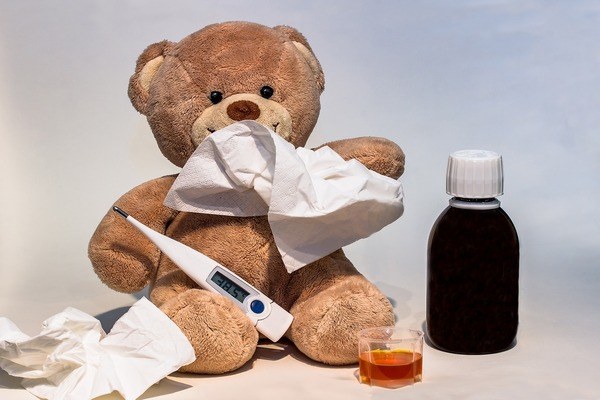
No matter where you go, you can catch something that may make your life miserable or even kill you. These 18 barely touch the surface of the really cool diseases you can catch. Hantavirus, plague, various flu strains, HIV, and many others make travel a challenge.
Before you travel, find out what diseases are common and get the vaccines or take the medications. When you are there, be careful of what you eat and drink.
Poor hygiene will probably give you Montezuma’s Revenge, but you might get one of the Heps or cholera. Avoid unprotected sex. If you are in tick or mosquito infested areas, used appropriate precautions. Travel is great. Just be careful!



Comments